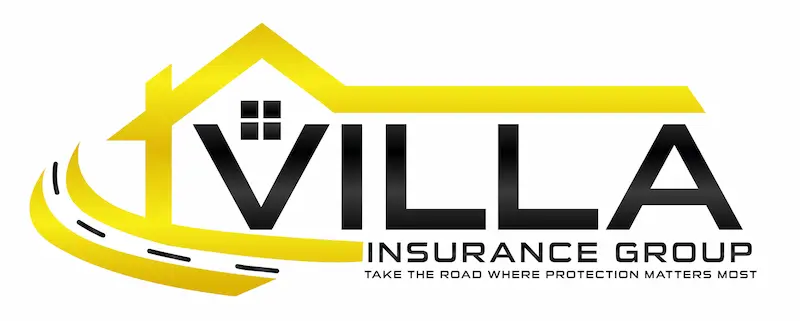The safe use of heavy equipment is critical when machinery such as bulldozers, graders or ground-moving equipment is used in the construction of new homes, bridges, shopping malls or other commercial buildings.
The size and weight of these heavy machines make them extremely hazardous, and proper operation is required to avoid serious injury or death. Heavy-equipment injuries are a frequent occurrence during the construction of roads and commercial properties in particular, due to the amount of activity taking place.
Even the most experienced of operators may find operating heavy equipment a challenge at times.
Prior to the start of a project, inspect all heavy machinery. Heavy-equipment inspection is crucial in ensuring that everything is in working condition and ready for safe operation.
But remember: a visual inspection is not enough. Physically check the equipment for issues such as torn belts, worn brakes and hoses, and leaking hydraulics. That means feeling and manipulating the various parts.
When storing machinery, ensure that the component parts are properly secured or disabled.
Also, just because equipment is in the “off” position does not necessarily mean it is safe.
Moving parts such as blades and saws have the potential to cause injury and, when storing away mobile equipment, make sure that brakes are in the locked position.
The owner’s manuals for the equipment should provide you with detailed information on how to properly secure equipment when not in use.
Construction vehicles
Weather conditions such as rain could cause a shift in the ground under a backhoe, while a strong breeze could affect the balance of a crane.
In addition, operators should never work while impaired or under the effects of medication
and worksites should be constantly monitored for unsafe operating conditions.
Safety requirements vary depending upon the type of heavy machinery. For example, regulations for operating a bulldozer will differ vastly from those for a forklift or a loader.
Some machinery also may require the use of a commercial driver’s license and an approved training course. Employees must be properly trained on each piece of equipment that they operate.
Cal/OSHA regulations are in place to ensure safe operation. The types of requirements depend on the type of construction activities performed. For additional information, including requirements, refer to Cal/OSHA Title 8 regulations.
As the employer, you have a responsibility for the health and well-being of your employees. Ensuring that you and your employees become familiar with safe work practices with heavy equipment will keep jobsites free of injury.
Here are a few common safety rules for operators and ground-based workers to consider:
Good communication is essential – A standardized set of hand signals should be used by the operator and signal person. Operators should always know exactly where all ground-based workers are located, and the wearing of high-visibility vests will help the operator to locate them quickly.
The equipment should have a back-up warning alarm that can be heard by all nearby workers. Two-way radios are also valuable communication tools.
Rollover protective structures (ROPS) – Heavy equipment must have a ROPS that meets Cal/OSHA requirements. The ROPS is designed to protect the operator if the machine tips over. A seat belt must be worn so that the operator will not be thrown out of the seat during a rollover or upset situation.
If working on slopes, try to avoid moving across the face of the slope. Operate up and down the slope face if possible. Use extreme caution when operating near open excavations.
Wear hearing protection when required – If it has been determined that noise levels around the equipment could potentially cause hearing loss, always use protective plugs or muffs when working on or close to the equipment.
Never jump onto or off the equipment – Operators should always use the three-point contact rule when climbing onto or off heavy equipment. The rule means having both feet and one hand, or one foot and both hands, in contact with the ladder access at all times.
Inspect and service the equipment regularly – Complete equipment service in accordance with the manufacturer’s recommendations. Periodic safety inspections on all components of the equipment should be done regularly by qualified personnel.
Inspect the steering system and brake systems carefully. A pre-shift walk-around inspection by the operator is highly recommended.
Injury accidents involving heavy equipment on construction sites have a higher probability of resulting in a fatality than many other types of accidents. It is critical that your workers follow all of your company’s safety rules and procedures when operating or working around heavy equipment.
Get a free Commercial Insurance quote online today!
Are you looking for auto insurance in Lynnwood, Washington? We are a top rated local insurance independent agent protecting all aspects of your life, from your business to your autos and home, we have you covered! The benefit of choosing an independent agent like us means options. We have relationships with many top-rated carriers to give you the auto insurance coverage you need that fits your budget. Don’t wait, call us today at (425) 771-9000 or visit our Quotes Online and start saving money.
